On Saturday 8th June, 2BOB radio on the NSW mid-north coast is having its annual Envirofair in Taree Park, from 9.30 to 3.30. Taree is on the mighty Manning River.
Manning Valley Community Radio Station 2BOB 104.7 FM
They’ve been holding these family-day fairs for 22 years, with the simple aim of ‘raising awareness about environmental protection’.
You can check out their website for what the day holds, but it sounds like fun as well as information: ‘… music, dancing and performance artists; fabulous food from 2BOB Radio’s famous Global Cafe and local epicureans; innovative market stalls; displays and demonstrations of ecologically-friendly products and ideas for living; and inspirational environmental speakers.’
I will be one of those speakers on the Fig Jam stage, at 1.15 or 1.30 pm. Jonathan Moylan, innovative activist (of the ANZ ASIC hoax) is another.
I’ve given about 6 talks in the Manning since the book came out in May 2012; it’s an aware and alert region, with active community groups – maybe partly due to such a great community radio station.
CSG looms here, but would be crazy to try to proceed.
Come and say ‘Hi’ if you’re about on Saturday. (The Manning Clean Water Action Group stall will have Rich Land, Wasteland books for sale — and hence for me to sign for you!)
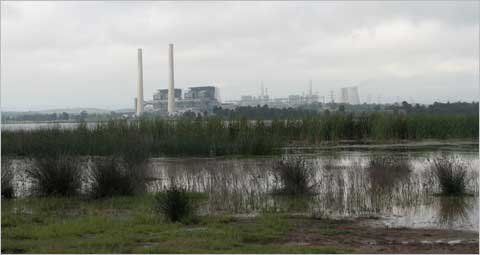
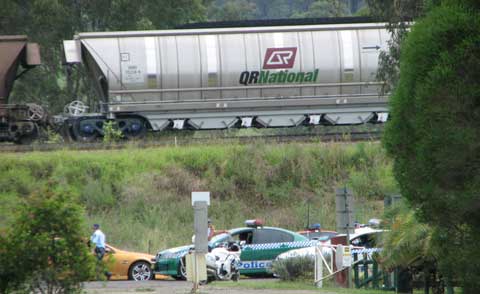
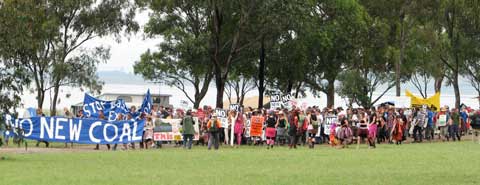
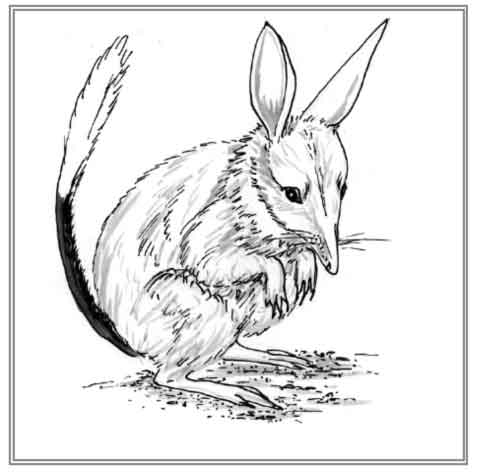

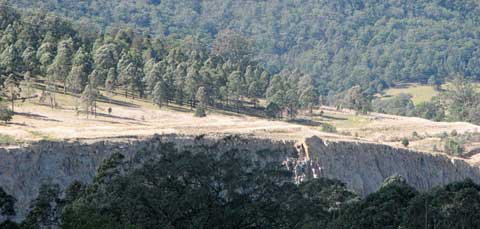 Many farms, like the one below, have already been bought up for hard-to-resist prices; across other paddocks we could see dozens of test drill pipes under their white caps.
Many farms, like the one below, have already been bought up for hard-to-resist prices; across other paddocks we could see dozens of test drill pipes under their white caps.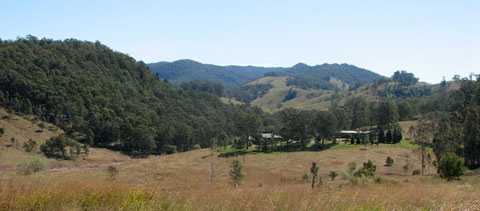 This region is watered by pristine rivers and creeks that rise in the nearby World Heritage sub-alpine Gloucester and Barrington Tops. And yet the mine wants to discharge its toxic waste water into these streams.
This region is watered by pristine rivers and creeks that rise in the nearby World Heritage sub-alpine Gloucester and Barrington Tops. And yet the mine wants to discharge its toxic waste water into these streams.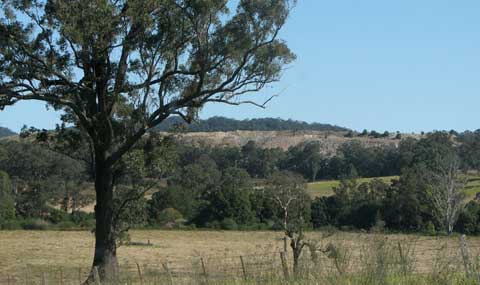 These gullies run into Mammy Johnsons River (below), which flows to the Karuah River and thence to the tourist and marine environment mecca of Port Stephens.
These gullies run into Mammy Johnsons River (below), which flows to the Karuah River and thence to the tourist and marine environment mecca of Port Stephens. The Envirowiki website was started in late August, 2006. It’s slowly getting bigger, but it needs your help!
The Envirowiki website was started in late August, 2006. It’s slowly getting bigger, but it needs your help!